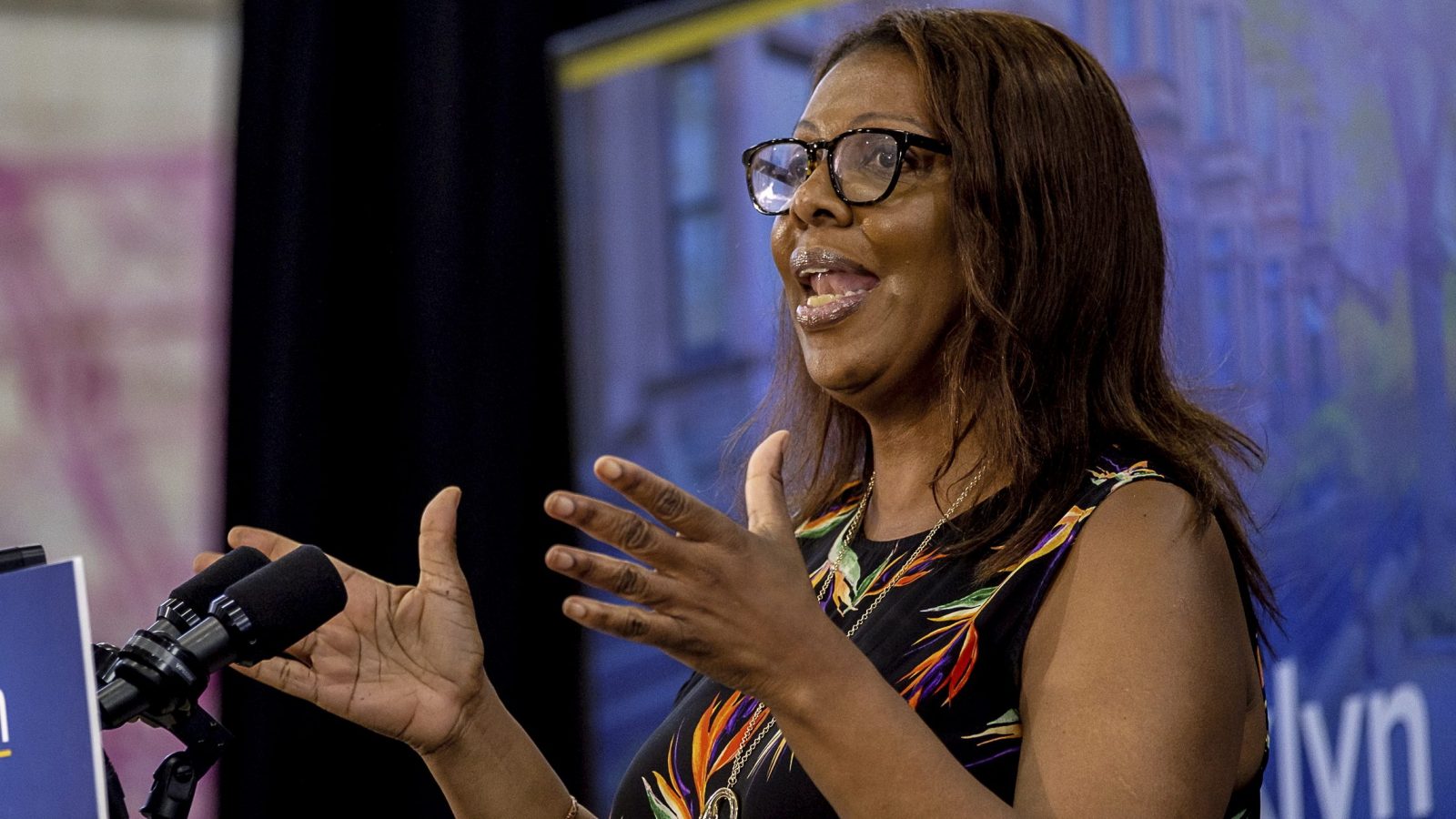The Trump administration has been chipping away at the bedrock of environmental protection in the United States. It didn’t happen overnight. But slowly, like toxic mold spreading through a home, polluter-friendly policies have started to build up.
Left unchallenged, the administration’s relaxed rules on pollution could add more than 200 million tons of carbon dioxide to the atmosphere each year by 2025, a new report from The State Energy & Environmental Impact Center finds. “In short, the Trump administration is prepared to take us over the climate cliff,” the authors state.
But lawyers are putting up a good fight. Here are six pieces of noxious Trump-era policy that state attorneys general are gearing up to battle in court this year, as laid out in the report:
- The so-called “Affordable Clean Energy Rule,” proposed by the EPA last August, would allow fossil fuel-fired power plants to pollute even more than they already do. The rule would replace the Obama-era Clean Power Plan and could result in 1,630 more premature deaths and 120,000 more asthma attacks by 2030, according to the report. Twenty-one state attorneys generals are opposing the new rule, led by Letitia James of New York and Maura Healey of Massachusetts.
- The Trump administration’s rollback of 2012 clean car regulations would add an additional 16 to 37 million metric tons of CO2 to the atmosphere by 2025. The proposal would also revoke a waiver that allows California, which accounts for more than 40 percent of the country’s cars, to set stricter fuel economy standards than the federal government. A group of state attorneys general, led by California Attorney General Xavier Becerra, is fighting the proposal.
- The EPA’s pending repeal of a 2016 rule would loosen emissions requirements for glider trucks, some of the dirtiest vehicles on our highways (they typically release 20 to 40 times more pollution than other trucks). In November 2017, former EPA administrator Scott Pruitt tried to reopen an old loophole that allows glider trucks with old, dirty engines to pass as new. Anti-pollution proponent Becerra is also leading the fight against this move on the basis that it undermines the Clean Air Act.
- The EPA is trying to weaken methane emissions standards for new oil and gas equipment. The proposal would also allow the industry to monitor methane leaks less frequently. These changes would result in the release of about 380,000 tons of methane — a greenhouse gas that’s 86 times more potent than CO2 in the short-term — between 2019 and 2025. James of New York is leading the multi-state coalition challenging the EPA’s proposed rule.
- The EPA is failing on its obligation to reduce methane emissions from old sources. Oil and gas operations prior to 2012 are responsible for up to 90 percent of methane emissions, and under the Clean Air Act, the EPA is legally obligated to address these sources. The agency hasn’t exactly done that — prompting a coalition of state attorneys general, led by James, to sue.
- In September 2018, the Trump administration repealed the 2016 Methane Waste Prevention Rule, which would have cut emissions by at least 175,000 tons a year. The original rule would reduce the waste of natural gas (from, say, leaks or venting) on public and Native American lands. In ongoing litigation, Becerra and New Mexico Attorney General Hector Balderas have challenged the repeal.
Americans are already feeling the effects of the Trump administration’s changes to environmental policy on the ground. As a New York Times investigation showed, some daycare facilities in California now take into account the spraying schedules for chlorpyrifos (a pesticide the Obama administration had moved to ban), a waterway in West Virginia is still being polluted with hundreds of pounds of selenium, and a coal plant in Houston is releasing harmful amounts of sulfur dioxide into the air with no consequences.



